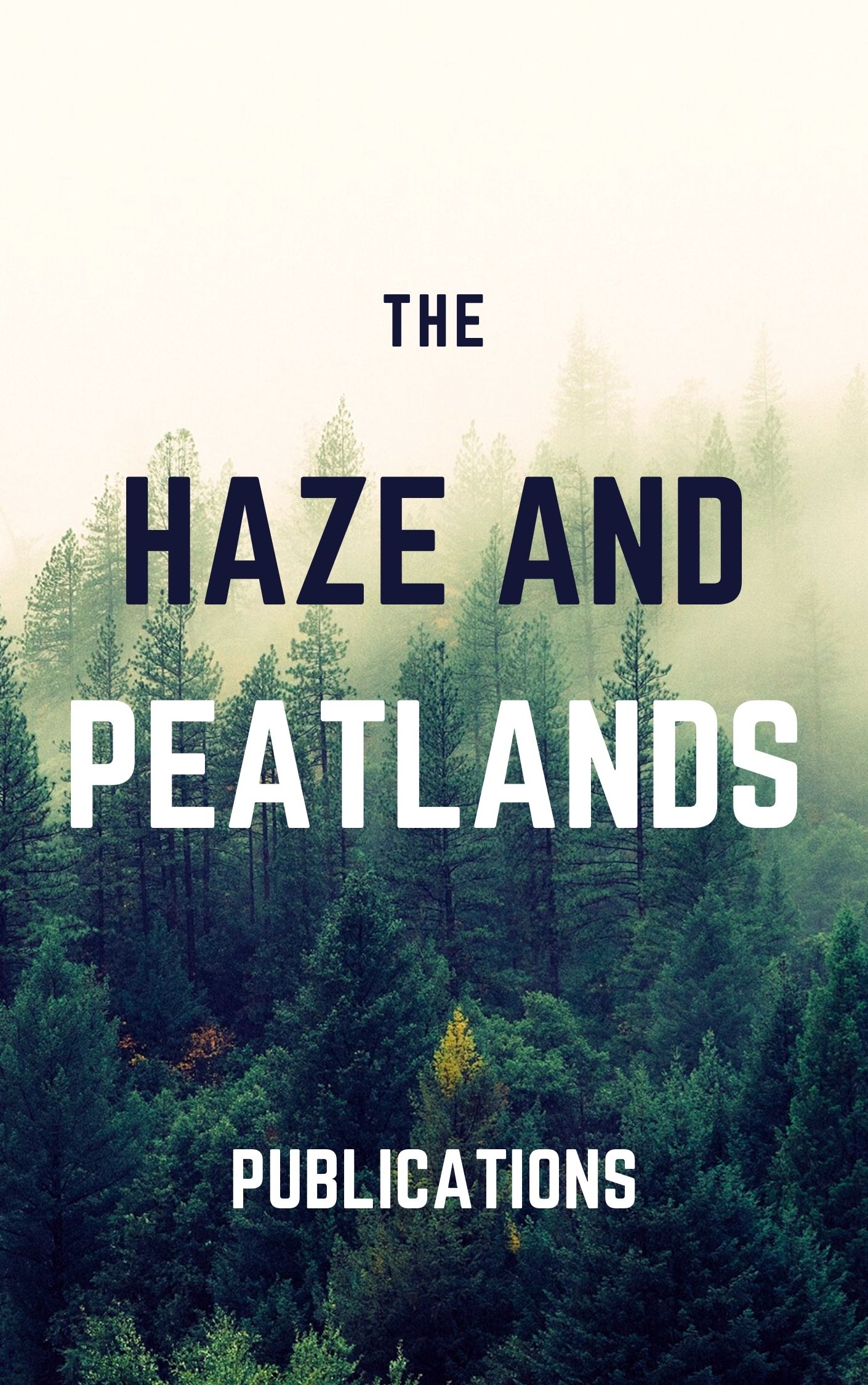Planting native trees may complement and accelerate natural regeneration and support recovery of biodiversity in degraded forests. Before planting trees, however, there is a need for species-specific site selection criteria. This study investigates the site requirements of a valuable but endangered rosewood species, Dalbergia oliveri, with the purpose of restoring degraded deciduous forest in northern Thailand. The study was conducted in the Ban Pong Forest near Chiang Mai in northern Thailand. We determined site characteristics of plant communities where D. oliveri occurred with indirect gradient analysis and used the importance value index (IVI) to determine the social position of D. oliveri compared to the dominant tree species. The forest was dominated by fire-tolerant dipterocarps. D. oliveri was a co-dominant component in two communities, mixed deciduous forest and the mesic phase of the deciduous dipterocarp forest, on deeper soils of the foothills and on less sun-exposed slopes. In dry deciduous dipterocarp forest, on the driest or steepest slopes with shallow soil, D. oliveri was an emergent or canopy tree with exceptionally well-developed crowns compared to the much smaller, but numerous dipterocarps. In conclusion, D. oliveri existed across a range of environmental limiting factors within various forest facies of deciduous forest in northern Thailand, and therefore, is likely a suitable candidate for restoration of degraded forests. On highly degraded sites the species can assist in restoring a more mesic forest microclimate. Planting or sowing D. oliveri in degraded forests may help to reduce pressure on the remaining wild rosewood populations, and serves in both conservation of biodiversity and economic production. © 2009 Elsevier B.V. All rights reserved.
View source
Keyword(s)
Deciduous dipterocarp forest, Dry forest, Indicator species, Mixed deciduous forest, Restoration, Canopy trees, Deciduous forest, Degraded forests, Degraded sites, Dipterocarps, Dry forests, Economic production, Gradient analysis, Limiting factors, Native trees, Natural regeneration, Northern Thailand, Plant communities, Selection criteria, Shallow soils, Site characteristics, Social position, Specific sites, Tree species, Tropical deciduous forest, Value indices, Agriculture, Biodiversity, Conservation, Plants (botany), Site selection, Soils, Wood, Reforestation, endangered species, endemic species, forest canopy, plantation forestry, restoration ecology, species conservation, tropical forest, Forestry, Hardwoods, Plants, Soil, Species Identification, Asia, Chiang Mai [Northern Region], Eurasia, Northern Region [Thailand], Southeast Asia, Thailand, Dalbergia

